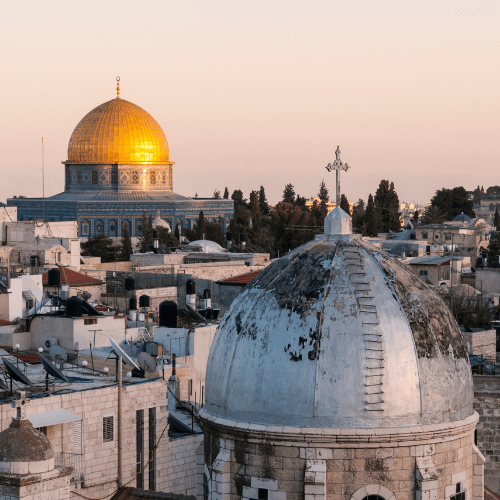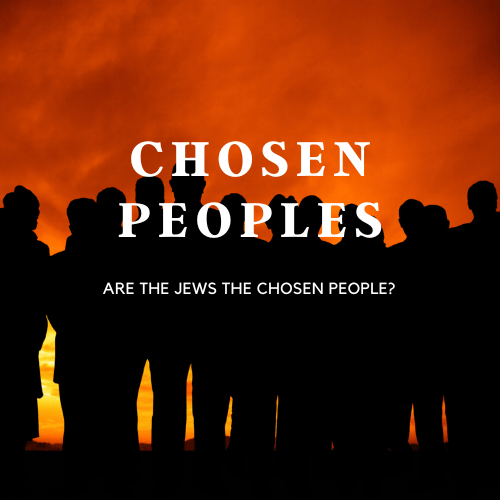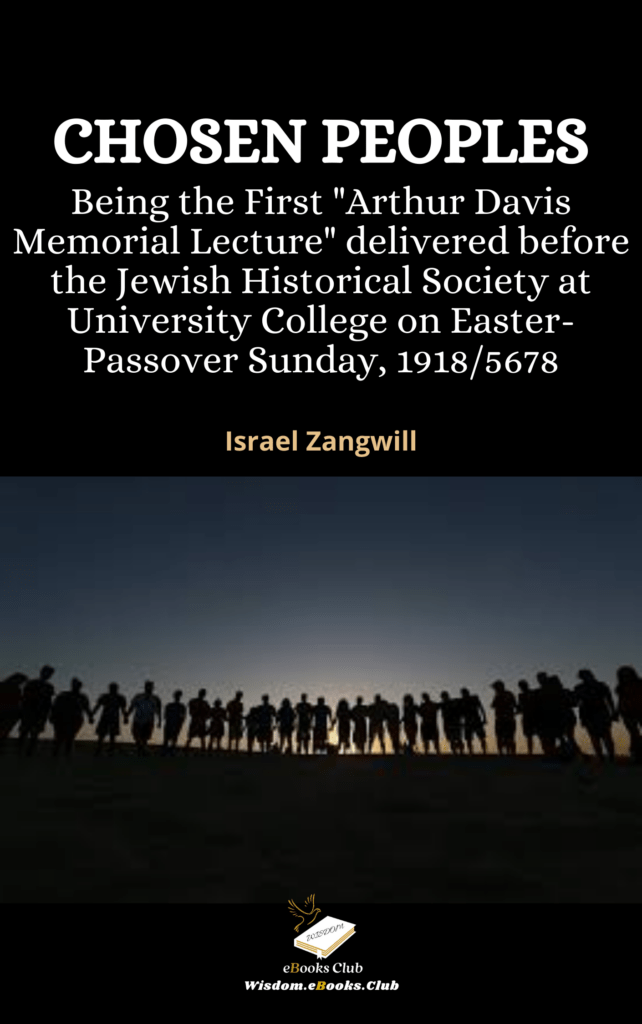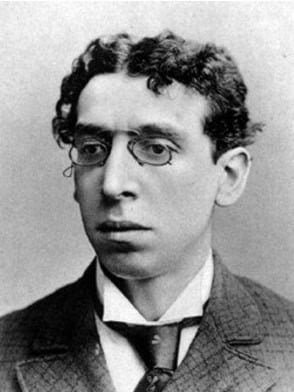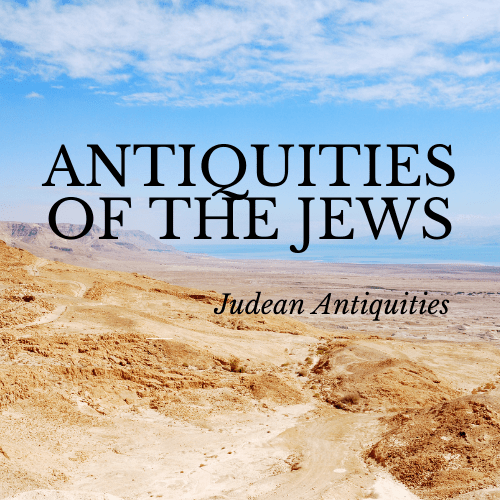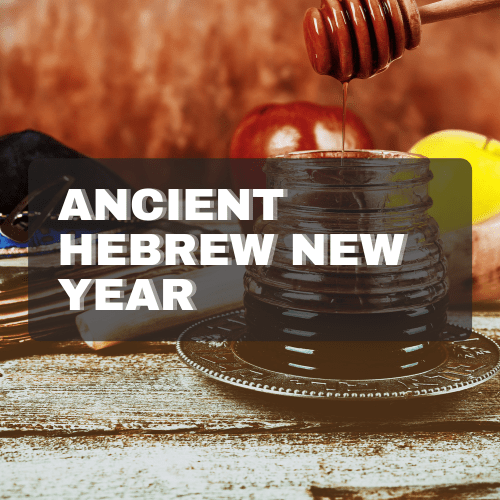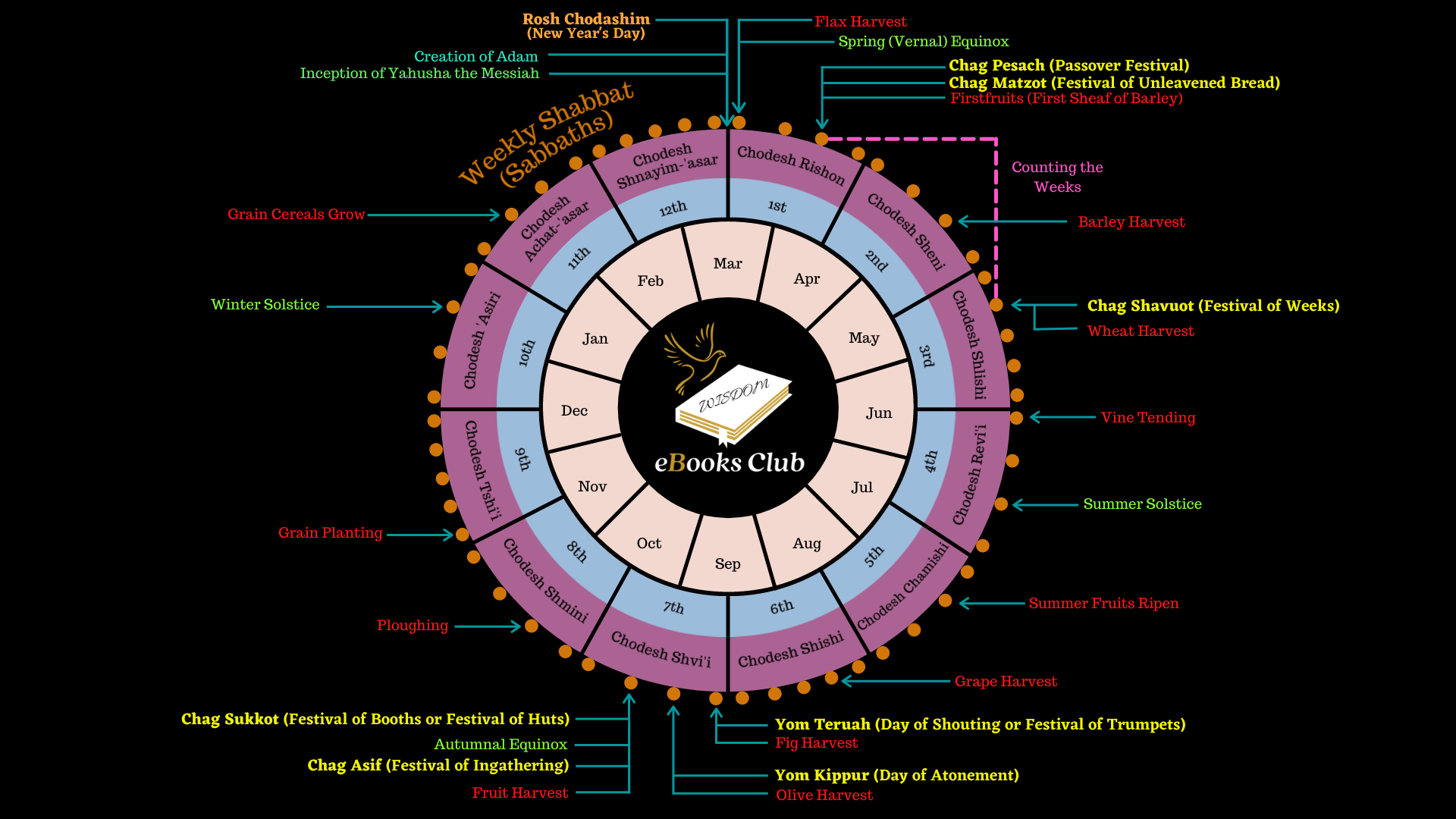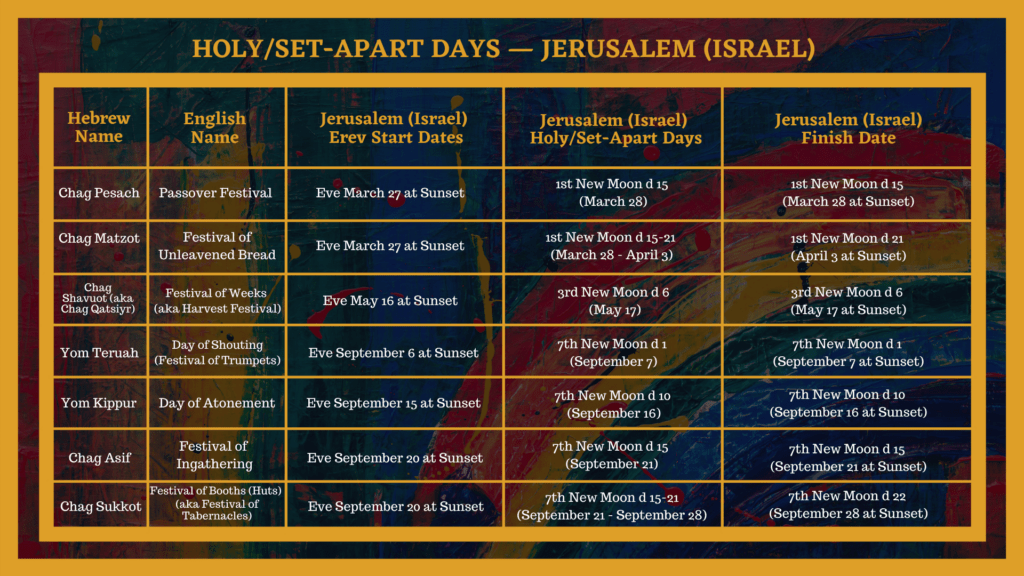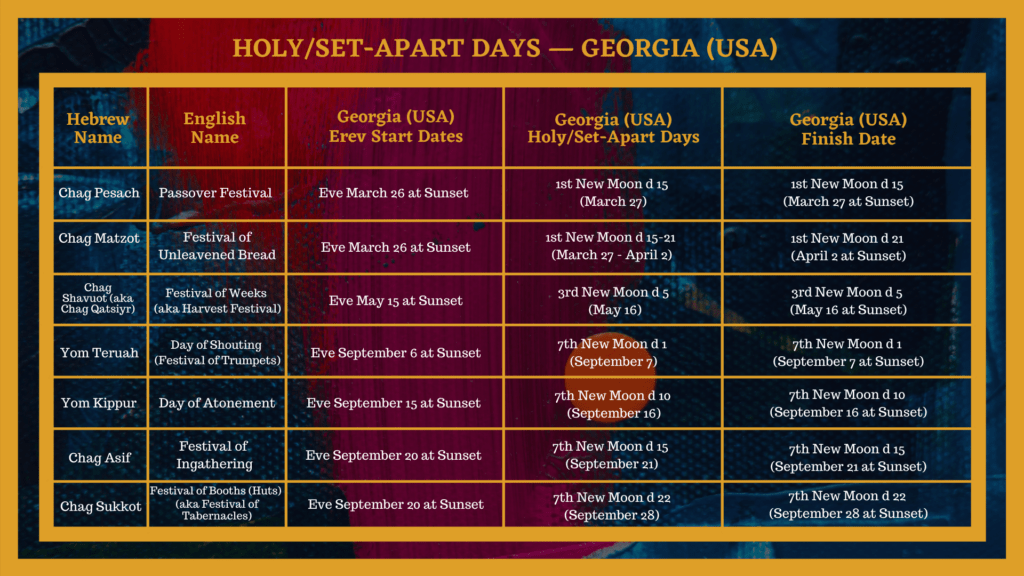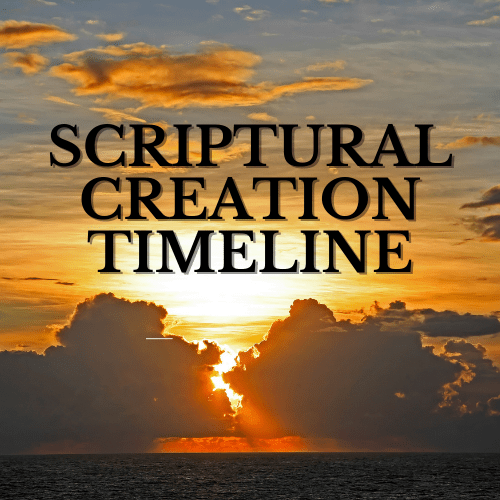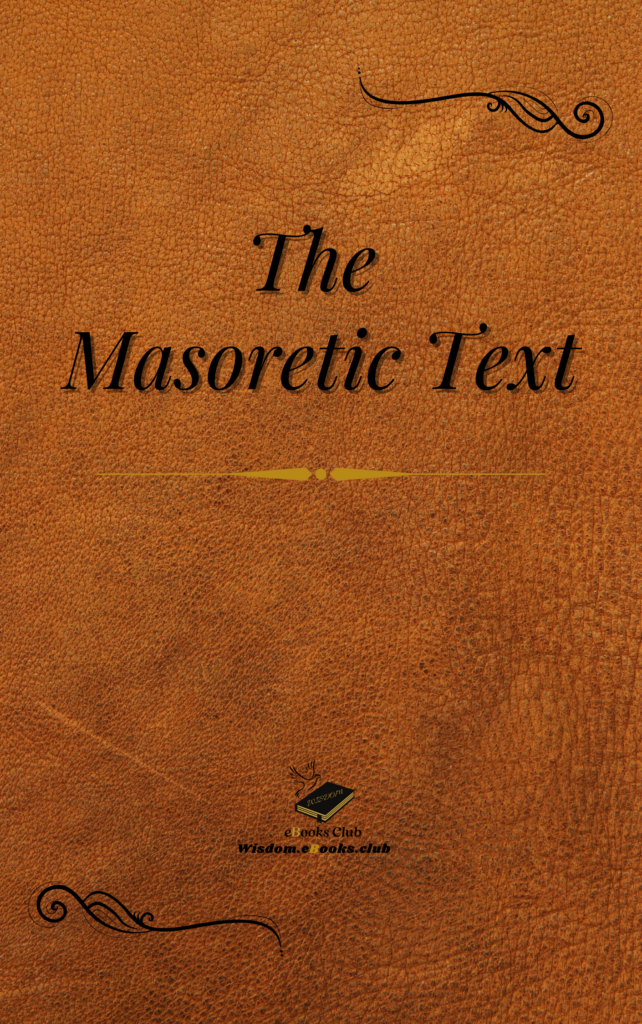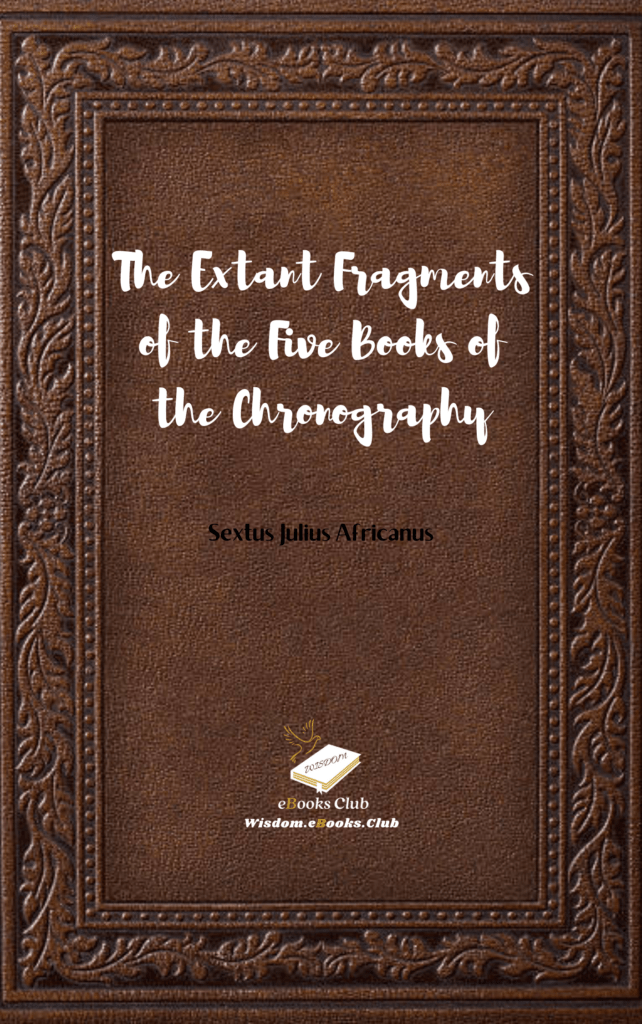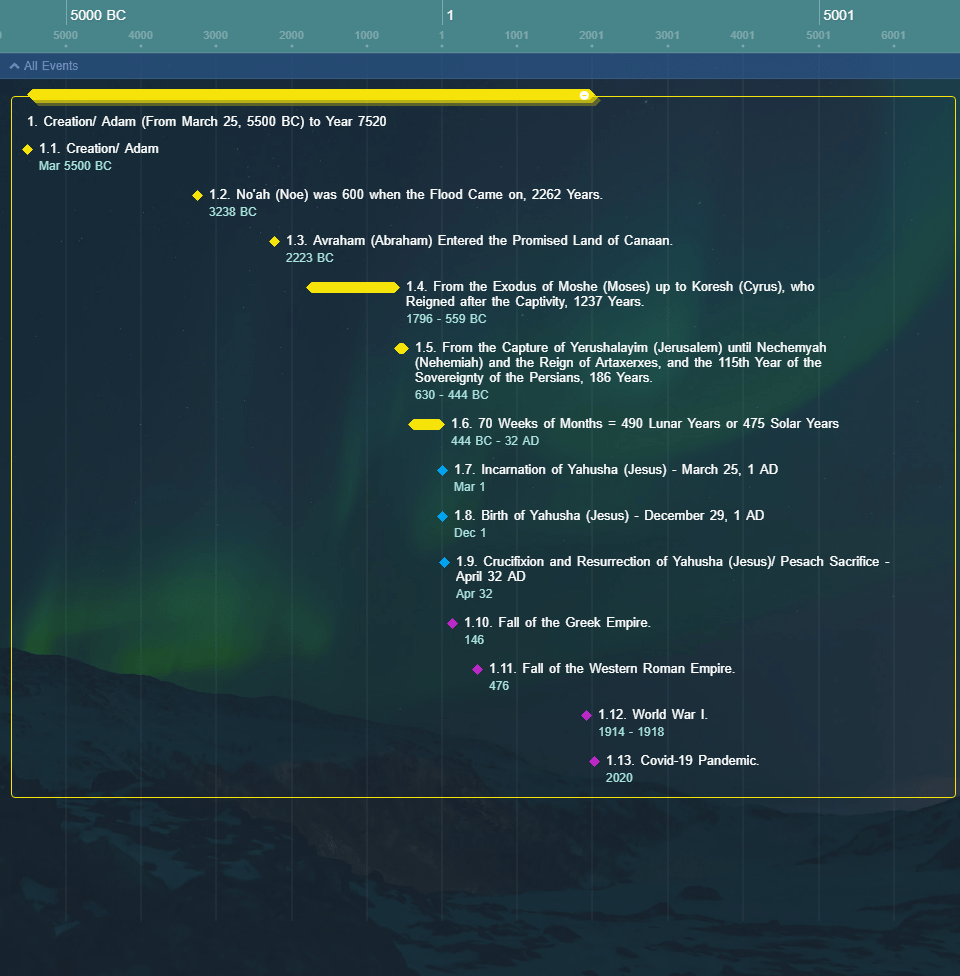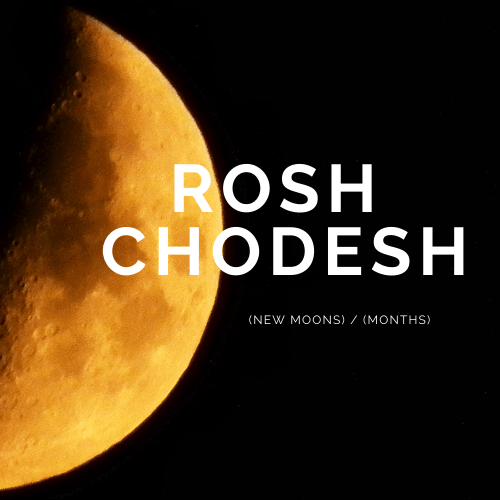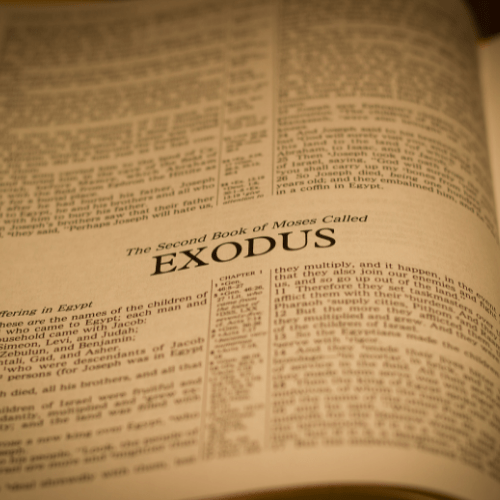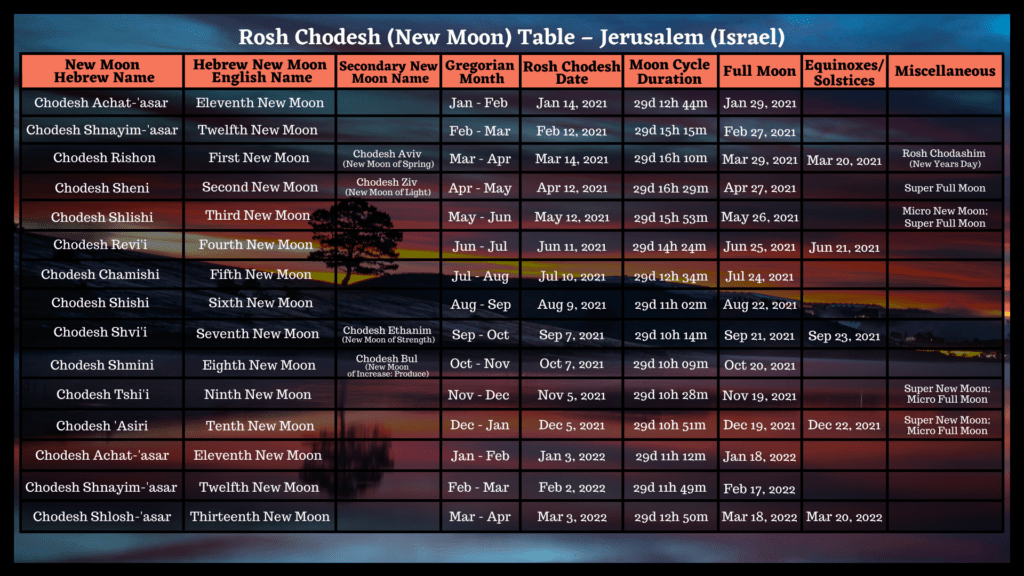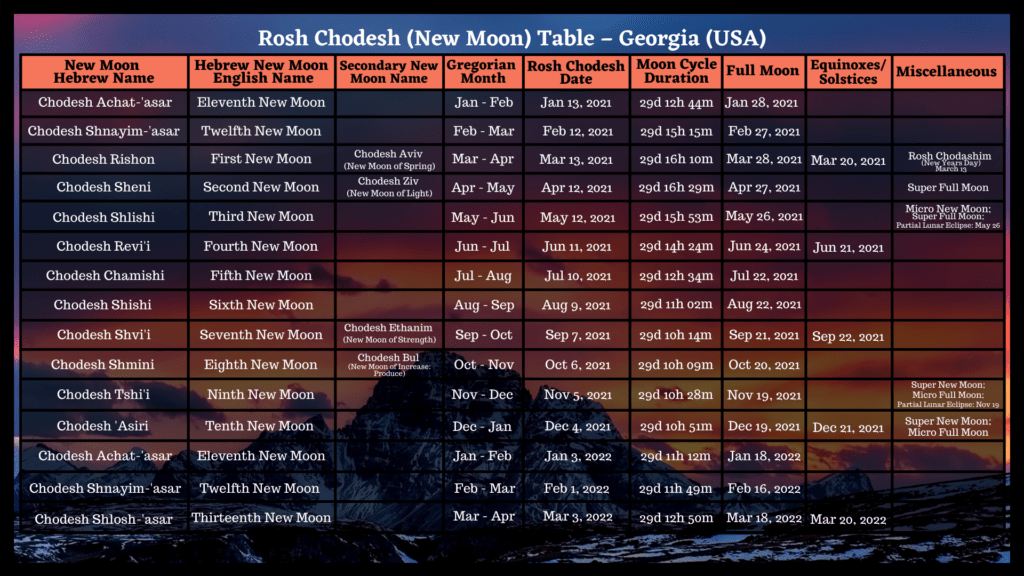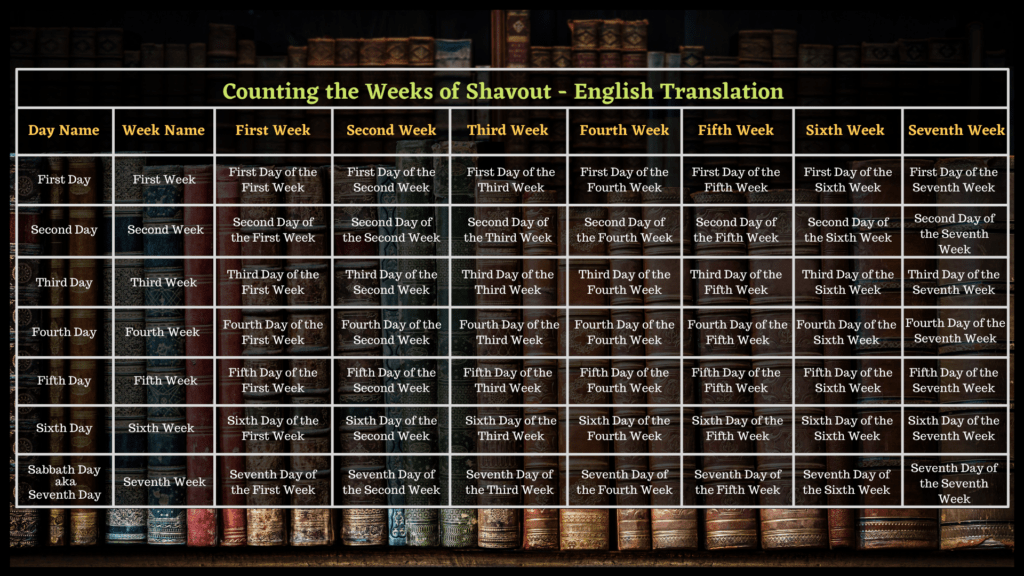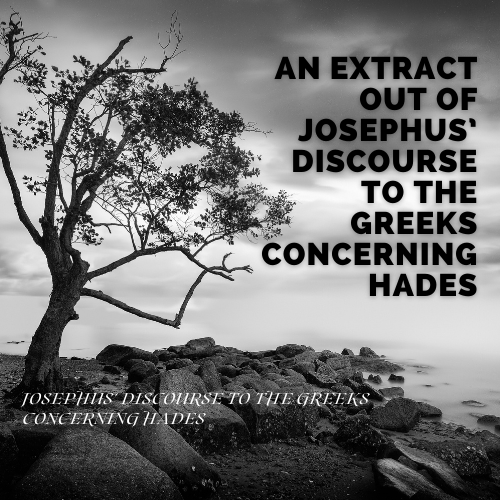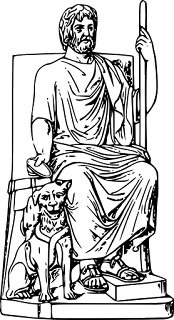Christianity and Islam
Christianity and Islam
Similarity and Differences of Christianity and Islam
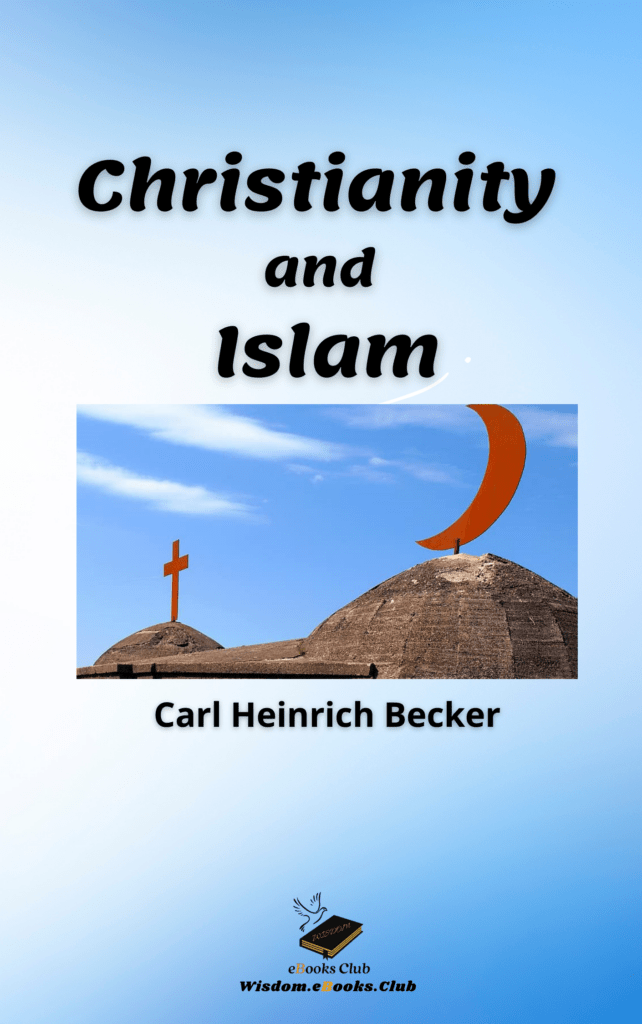
“Christianity and Islam” was written by one of the leading scholars of Islam in the last century, Carl Heinrich Becker. In this book he explores the historical correlations between the religions by highlighting the connections between the two doctrines.
He focuses on the rise of Islam and its impact on the Christianity of that period. In the book he examines what Muhammad knew of Christianity and the position of Christians under Islam.
Looking at their similarities, he concludes that metaphysically the doctrines are not that different and that both religions influence each other. Noting aspects of the daily life and doctrinal viewpoint of Islam, Becker compares these to Christian life and outlooks. Emerging outlooks at the time showed just how much these religions influenced each other.
Christianity and Islam are the two largest religions in the world and share a historical connection with some major theological differences. The two faiths share a common place of origin and consider themselves to be monotheistic.
Christianity is an Abrahamic, monotheistic religion which evolved out of Second Temple Judaism in the 1st century CE. It is established on the life, teachings, death, and resurrection of Jesus Christ, and its followers are called Christians. Islam is an Abrahamic, monotheistic religion that evolved in the 7th century CE.
Islam, which means “submission to God”, was established on the teachings of Muhammad as an expression of submission to the will of God. Its adherents are called Muslims, which means “submitter to God”.

Muslims have a broad spectrum of views on Christianity, from viewing Christians to be People of the Book to considering them as kafirs (infidels) that commit shirk (polytheism) because of Trinitarianism and as dhimmis (religious taxpayers) under Sharia. Christian views on Islam are varied and range from considering Islam a fellow Abrahamic religion worshipping the same God, to believing Islam to be blasphemy or a religious cult that denies the Crucifixion and rejects the sanctity of Christ.
Islam recognizes Jesus as al-Masih, the Arabic term for Messiah, sent to teach the Children of Israel with a new revelation. Christianity believes Jesus to be the Messiah of the Hebrew scripture, the Son of God, and God the Son, while Muslims regard the Trinity to be a division of God’s Oneness and a grave sin (shirk). Muslims accept Jesus (Isa) as a messenger of God, not the son of God.
Christianity and Islam differ in their fundamental views concerning their doctrine, including their beliefs about the crucifixion and resurrection of Jesus.
Most Christians are Trinitarian and believe that Jesus is divine and God the Son. Christianity teaches that Jesus was condemned to death by the Sanhedrin and the Roman prefect Pontius Pilate, crucified and resurrected, as per the Gospel narratives. Christians accept Jesus was divine and sinless.
Muslims and Christians both accept that Jesus was born to Mary, a virgin, and they both believe that Jesus is the Messiah. Islam teaches that Jesus was one of the most influential prophets of God, but not the Son of God, not divine, and not part of a God as part of a Trinity. In Islam, Jesus is a human prophet who, like the other prophets, sought to lead the children of Adam to the worship of the One God, termed Tawhid.

Muslims regard the creation of Jesus as being comparable to that of Adam and that Jesus was convicted to crucifixion but was miraculously saved from execution. Christianity and Islam have different scriptures, with Christianity using the Bible and Islam using the Quran, though Muslims accept that both the Quran and the Christian Gospel, termed Injeel, were sent by God.
Both texts provide a history of the life and works of Jesus. The belief in Jesus is an integral part of Islamic theology, and Muslims regard the Injeel as tahrif(distorted or altered), while Christians consider their Gospels to be authentic and the Quran to be a later, fabricated or apocryphal work. Both religions believe in the virgin birth of Jesus through Mary, but the Biblical and Islamic accounts disagree.
| BELIEF | ISLAM | CHRISTIANITY |
|---|---|---|
| God | Only one god – called Allah | Only one God – a triune being called God or Jehovah |
| Jesus | A prophet who was virgin-born, but not the Son of God | Divine son of God who was virgin-born. He is God’s Word and Savior to humanity |
| Crucifixion | Jesus was not crucified. Someone was substituted for Jesus and He hid until He could meet with the disciples | A fact of history that is necessary for the atonement of sin and the salvation of believers |
| Jesus’ Resurrection | Since Muslims do not believe in the Crucifixion, there is no need to believe in the Resurrection | A fact of history that signifies God’s victory over sin and death |
| Trinity | A blasphemy signifying belief in three gods. In Islam, the Trinity is mistakenly thought to be God, Jesus, and Mary | The one God is eternally revealed in three coequal and coeternal persons: God the Father, God the Son, and God the Holy Spirit |
| Sin | Sin is disobedience to the established law. Sin does not grieve Allah. | Sin is rebellion against God. Sin grieves God |
| Man | Man is created by Allah and is sinless | Man is created in God’s image and is sinful by nature |
| Salvation | Salvation is achieved by submitting to the will of Allah. There is no assurance of salvation – it is granted by Allah’s mercy alone | Salvation is a gift accepted by faith in the atonement of Jesus Christ on the Cross and provided through God’s grace |
| Bible | Muslims accept the Bible (especially the Pentateuch, Psalms, and Gospels) insofar as it agrees with the Qur’an | The Bible is the inspired Word of God that is complete and not to be added to |
| Qur’an (Koran) | A later revelation that supersedes and corrects errors in the Bible | Not accepted as divine revelation |
Carl Heinrich Becker
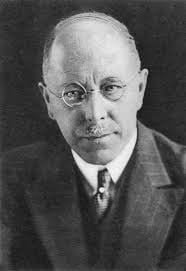
- Carl Heinrich Becker, a German orientalist and politician in Prussia, was born on April 12, 1876 in Amsterdam, Netherlands and passed on February 10, 1933 in Berlin, Germany. Becker, the son of a banker, attended universities at Lausanne, Heidelberg, and Berlin, and travelled in Spain, Sudan, Greece, and Turkey before earning his doctorate in 1899.
- In 1902, Becker became a privatdozent for Semitic philology at the University of Heidelberg, where he came into contact with Max Weber. They appointed him Professor of History and Culture of the Orient at the newly founded Kolonialinstitut and Director of the Seminar for History and Culture of the Orient in Hamburg in 1908. In 1910 he founded and became chief editor of the journal Der Islam.
- In 1913 he accepted an offer from Bonn University, where he was Professor of Oriental Philology. He served as Minister for Culture in Prussia in 1921 and again from 1925 to 1930.
- Carl Heinrich Becker was one of the founders of modern Islamic Studies in Germany and for his vision of entangled Histories and Culture of Europe and the Muslim world. As Prussian Minister of Culture and Education he supported the study of foreign languages, histories and culture as a part of national education and as a means to avoid conflict.
- He carried out several public education reforms, and founded the Pedagogical Academy. In his works on the history of Islam, he showed the dominant role of socioeconomic factors in the formation and spread of Islam.
His Works:
- Ibn Gauzi’s Manaqib Omar Ibn’ Abdelaziz (Dissertation, 1899)
- Beitrage zur Geschichte Agyptens unter dem Islam (2 vols., 1902- 1903)
- Papyri Schott-Reinhardt: Veroffentlichungen aus der Heidelberger Papyrus‐ Sammlung, Vol. 1 ( 1906)
- Der Kanzel im Kultus des alten Islam (1906)
- Christentum und Islam (1907)
- L’Islam et la Colonisation de l’Afrique (1910)
- Gedanken zur Hochschulreform (1919)
- Kulturpolitische Aufgaben des Reichs (1919)
- Kant und die Bildungskrise der Gegenwart (1924)
- Islamstudien: Vom Werden und Wesen der islamischen Welt (2 vols., 1924- 1932)
- Vom Wesen der deutschen Universitaet (1925)
- Die preussische Kunstpolitik und der Fall Schilling (1925)
- Die Paedagogische Akademie im Aufbau unseres nationalen Bildungswesens (1926)
- Zu Beethovens 100. Todestag (1927)
To see more information about this topic or other religious topics, you may check the books and magazines available at www.wisdomebooksclub.com or visit our peals of wisdom page page by clicking on this link to access more interesting blog articles, games, quizzes, music videos, religious poems, Jewish recipes, popular sermons, and more.
